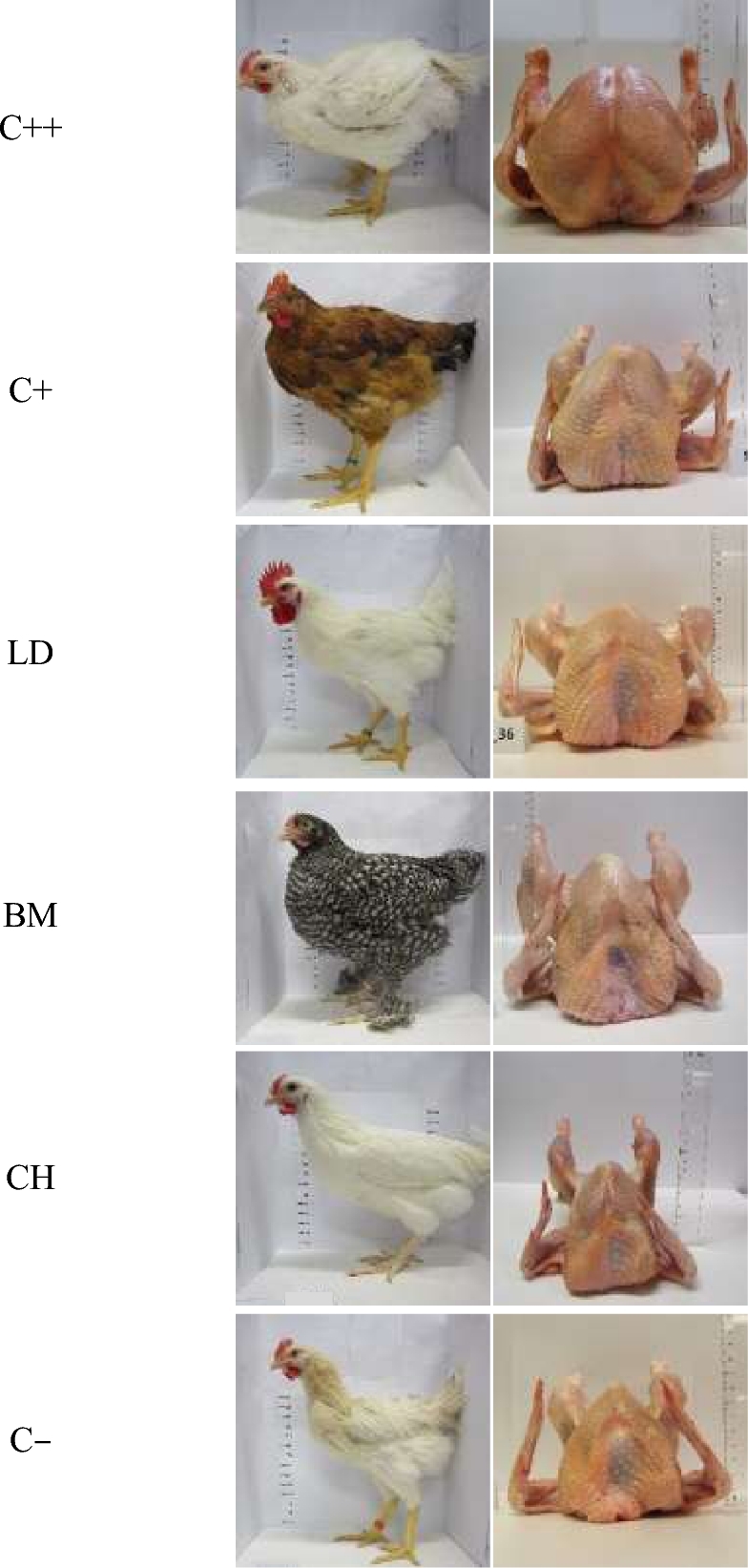



Meat or eggs? New study shows value of dual-purpose poultry
Study tested performance of dual-purpose types of chickensTo show the viability of commercial dual-purpose poultry, a new study published in Poultry Science from the WFSC member groups of Prof. Michael Kreuzer and Prof. Michael Siegrist tested the performance of novel and traditional dual-purpose types of chickens.
Intensive specialization in the global poultry sector has resulted in a complete decoupling of egg and meat production. One solution to avoid this practice could be using dual-purpose types, where males are fattened for meat and females used for egg production. The WFSC Research Programs project “Elements of successful novel dual purpose chicken production systems” (INDUCE) aims to identify key elements of successful dual-purpose poultry production systems through biological and consumer perception studies of both egg and meat production.

To show the viability of commercial dual-purpose poultry, a team of researchers from ETH Zurich tested novel and traditional dual-purpose types for their performance, carcass characteristics, and meat quality. The researchers experimentally measured a variety of performance measures, as [w]hen considering strategic changes in poultry production in terms of new hybrids, it is crucial to know the fattening and slaughter performance as well as the meat quality to satisfy the expectations of all stakeholders.
The results, published in Poultry Science, showed that none of the dual-purpose types tested performed as well in growth as the intensively-growing broiler type bird. However, a new commercial dual-purpose chicken type (Lohmann Dual), was competitive with other slower-growing broiler types, having better feed efficiency while similar in carcass weight and breast proportion. The results prove the competiveness of commercial dual-purpose chicken types, with subsequent studies needed to confirm the competiveness under farm conditions.
The researchers concluded that [t]he present study demonstrated that novel dual-purpose types, here represented by Lohmann Dual, may compete with slow-growing broilers in many of the major quality criteria for carcass and meat. This shows that, at least in organic production systems currently using slow-growing broilers, novel dual-purpose types are a genuine alternative, whereas male layer types are not.
Read the full article "Carcass and meat quality of dual-purpose chickens (Lohmann Dual, Belgian Malines, Schweizerhuhn) in comparison to broiler and layer chicken types" from the team of authors at ETH Zurich in Poultry Science.








